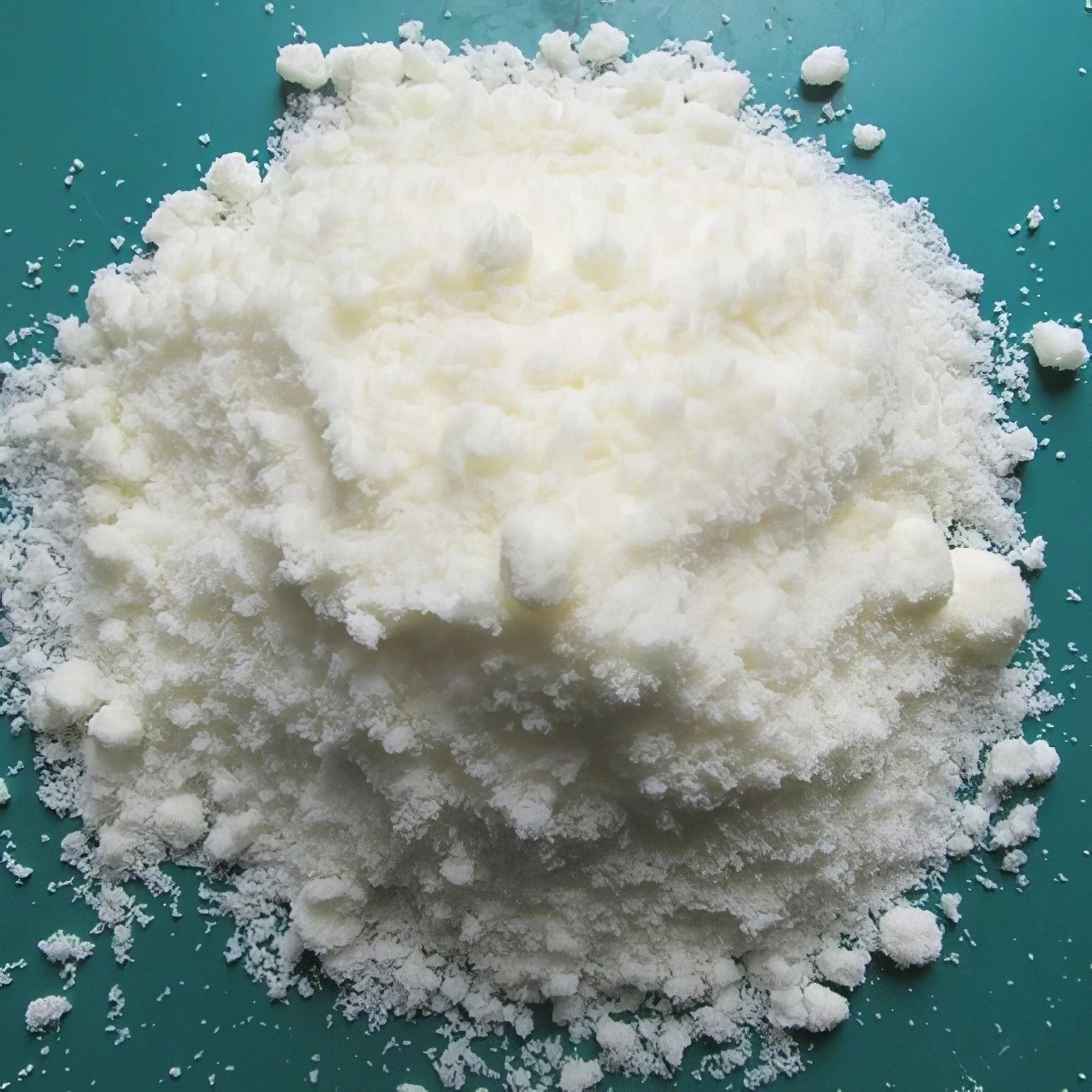



sodium bisulphate swimming pool
The Role of Sodium Bisulfate in Swimming Pool Maintenance
Swimming pools are a source of relaxation and recreation, but maintaining the water quality is crucial for ensuring the safety and enjoyment of swimmers. One of the key elements in pool maintenance is the regulation of pH levels. An effective and eco-friendly solution for managing pH levels is sodium bisulfate, a chemical compound that has gained popularity among pool owners. This article will explore the role of sodium bisulfate in swimming pool maintenance, its benefits, and how to use it effectively.
What is Sodium Bisulfate?
Sodium bisulfate, also known as sodium hydrogen sulfate, is a dry acid that is commonly used to lower pH and total alkalinity in swimming pools. Its chemical formula is NaHSO4. This compound is an excellent alternative to muriatic acid, which has a stronger pH-lowering effect and can pose hazards if not handled properly. Sodium bisulfate is less aggressive and safer for both the user and the environment, making it a preferred choice for many pool maintenance professionals and enthusiasts.
Importance of pH Balance
Maintaining the correct pH balance in a swimming pool is vital for a variety of reasons. The ideal pH level for pool water ranges from 7.2 to 7.8. When the pH is too high, water can become cloudy, chlorine becomes less effective, and the likelihood of algae growth increases. Conversely, water that is too acidic (low pH) can lead to corrosion of pool equipment, irritation of swimmers' skin and eyes, and decreased lifespan of pool surfaces.
Regularly testing pH levels is essential for ensuring optimal swimming conditions. If readings show a high pH level, adding sodium bisulfate can effectively bring the levels down, restoring water balance and enhancing overall safety.
Benefits of Using Sodium Bisulfate
1. Safer Handling One of the main advantages of sodium bisulfate compared to other acid-based alternatives is its lower toxicity and reduced risk of skin or eye irritation. This makes it easier to handle, particularly for individuals who may not have extensive experience with chemical management in pools.
2. Effective pH Control Sodium bisulfate is highly effective in decreasing pH levels. Just a small amount can create significant changes in water chemistry, allowing for better control over pool maintenance.
3. Stability When dissolved in water, sodium bisulfate remains stable and does not produce harmful fumes, as some other chemical treatments do. This stability makes it safer for pool environments where children and pets may be present.
sodium bisulphate swimming pool

4. Compatibility with Chlorine Sodium bisulfate does not interfere with the effectiveness of chlorine, which is essential for sanitizing pool water. This compatibility helps maintain a clean and safe swimming environment.
5. Eco-Friendly Option As more pool owners seek environmentally friendly solutions, sodium bisulfate stands out as a less harmful option compared to stronger acids or other chemical treatments.
How to Use Sodium Bisulfate
Using sodium bisulfate is straightforward, but it is essential to follow proper procedures to avoid any mishaps. Firstly, always wear protective gear, such as gloves and goggles, when handling chemicals.
1. Test the Water Start by testing your pool’s water with a reliable pH test kit. If the pH is above 7.8, it’s time to add sodium bisulfate.
2. Calculate the Amount Based on the volume of your swimming pool and the current pH level, calculate the required amount of sodium bisulfate. Generally, it takes about 6 ounces of sodium bisulfate per 10,000 gallons of water to lower the pH by one point.
3. Dissolve and Add To avoid damaging the pool surface, it’s best to dissolve sodium bisulfate in a bucket of water before adding it to the pool. Slowly pour the solution around the perimeter of the pool.
4. Retest the Water After a few hours—typically a minimum of 4 hours—retake the pH readings to ensure it has fallen within the desired range.
Conclusion
Sodium bisulfate plays a significant role in maintaining the health and clarity of swimming pool water. Its effectiveness as a pH reducer, coupled with its safety and environmental benefits, makes it a valuable tool for pool maintenance. By regularly monitoring the pH levels and using sodium bisulfate when necessary, pool owners can ensure that their swimming pools remain safe, inviting, and enjoyable for all swimmers. Whether you’re a seasoned pool owner or a new enthusiast, understanding the importance of pH balance and the role of sodium bisulfate can elevate your pool maintenance routine to a new level of excellence.
-
Why Sodium Persulfate Is Everywhere NowNewsJul.07,2025
-
Why Polyacrylamide Is in High DemandNewsJul.07,2025
-
Understanding Paint Chemicals and Their ApplicationsNewsJul.07,2025
-
Smart Use Of Mining ChemicalsNewsJul.07,2025
-
Practical Uses of Potassium MonopersulfateNewsJul.07,2025
-
Agrochemicals In Real FarmingNewsJul.07,2025
-
Sodium Chlorite Hot UsesNewsJul.01,2025










